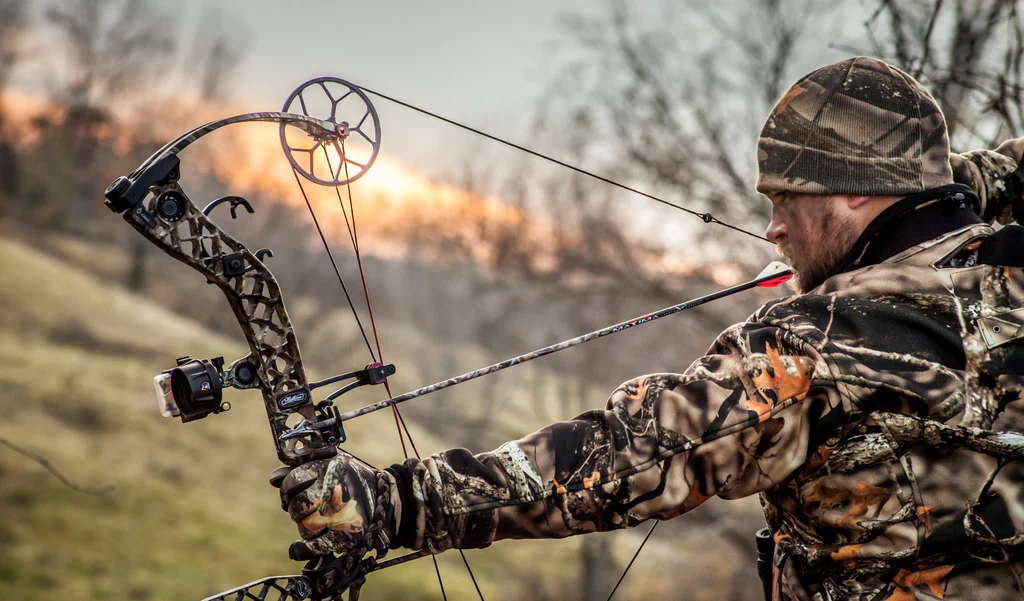The brace height of a recurve bow is the distance between the bowstring and the grip when the bow is strung. It is an important aspect of bow tuning and can have a significant impact on the bow’s performance.
The brace height can adjust to fine-tune the Best Recurve Bow performance. And achieve the desired level of accuracy and power. In this article, we will discuss how to adjust the brace height of a recurve bow and the factors that can affect it.
Factors Affecting Brace Height
Before we dive into adjusting the brace height. It’s important to understand the factors that can affect it. These include:
Bowstring Material: The material of the bowstring can affect the brace height. A Fast Flight bowstring will typically have a lower brace height than a Dacron bowstring.
Bow Limb Design: The design of the bow limbs can also affect the brace height. Some bows have limbs that are more curved than others, which can change the angle of the bowstring.
Draw Weight: The draw weight of the bow can also affect the brace height. A heavier draw weight will require a higher brace height.
Arrow Weight: The weight of the arrows you are using can also affect the brace height. Heavier arrows will require a higher brace height.
Personal Preference: Personal preference can also play a role in determining the ideal brace height. Some archers prefer a higher brace height for a more powerful shot. While others prefer a lower brace height for more accuracy.
How to Adjust Brace Height?
Now that we have a better understanding of the factors that can affect the brace height. Let’s discuss how to adjust it. Here are the steps:
Unstring the Bow
Before adjusting the brace height, you will need to unstring the bow. To do this, hold the bow upright and grip the handle with one hand. Use your other hand to loosen the bowstring and slide it off the bow tips. Be sure to place the bowstring in a safe place so it doesn’t get tangled or damaged.
Measure the Brace Height
Using a ruler or a brace height gauge, measure the distance between the bowstring and the deepest part of the grip. This will give you the current brace height of the Best Recurve Bow
Adjust the Brace Height
To adjust the brace height, you will need to make small changes to the bowstring length. To increase the brace height, twist the bowstring in the direction of the bow’s natural twist. To decrease the brace height, untwist the bowstring.
It’s important to make small adjustments and recheck the brace height after each one. A good rule of thumb is to make adjustments of no more than 1/8 inch at a time. This will help you achieve a more accurate and precise brace height.
String the Bow
Once you have achieved the desired brace height, it’s time to string the bow. To do this, slide the bowstring back onto the bow tips. And use your hands to bend the limbs until the bowstring seated in the string nocks.
Check the Brace Height
After stringing the bow, it’s important to recheck the brace height to ensure that it is still at the desired level. Use your ruler or brace height gauge. To measure the distance between the bowstring and the deepest part of the grip.
Best Recurve Bows for Adjusting Brace Height
When looking for a recurve bow that allows for easy brace height adjustment, there are several options available. Here are three of the Best Recurve Bow:
Samick Sage Takedown Recurve Bow: The Samick Sage is a versatile and affordable option that is popular among archers. One of the key features of the Samick Sage is its takedown design. It allows the bow to disassembled for easy transport and storage. This also means that the limbs can replaced or upgraded, making it a customizable bow.
The Samick Sage also has pre-installed brass bushings, which allow for the easy attachment of accessories such as a stabilizer, sight, or quiver. This makes it a great option for archers who want to customize their bow to their specific needs.
When it comes to adjusting the brace height of the Samick Sage, the process is similar to that of other recurve bows. Simply unstring the bow, measure the current brace height. And make small adjustments to the bowstring until you achieve the desired height.
Adjusting the brace height
Another great option for adjusting the brace height is the PSE Razorback Best Recurve Bow. Like the Samick Sage, it features a takedown design. And pre-installed brass bushings for accessories. It also has a comfortable grip and a smooth draw, making it a great option for archers of all skill levels.
For archers who are looking for a more advanced option, the Hoyt Satori Recurve Bow is a top-of-the-line choice. It features a sleek design and high-quality construction. Making it a favorite among competitive archers. It also has a unique limb alignment system that allows for easy and precise brace height adjustment.
Conclusion
In conclusion, adjusting the brace height of a recurve bow is an important aspect of bow tuning that can have a significant impact on the bow’s performance. The process involves unstringing the bow, measuring the current brace height. Making small adjustments to the bowstring, and rechecking the height after each adjustment. The Samick Sage, PSE Razorback. And Hoyt Satori are all great options for archers who want a bow that allows for easy brace height adjustment.











